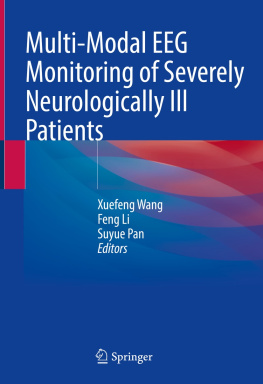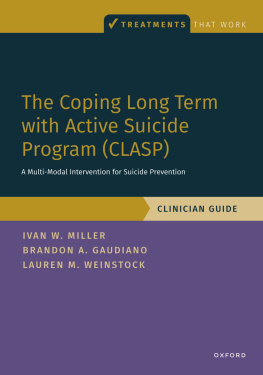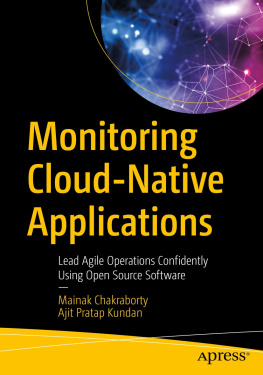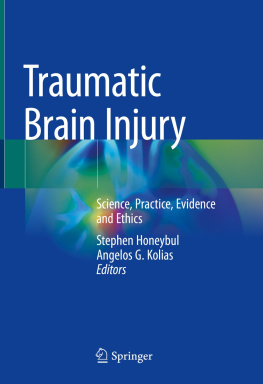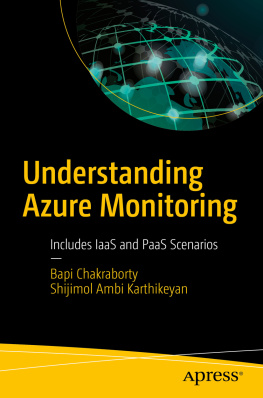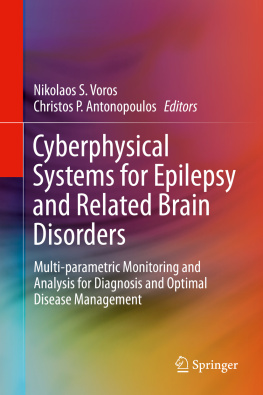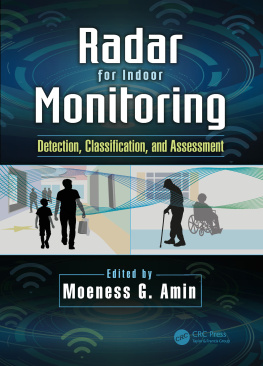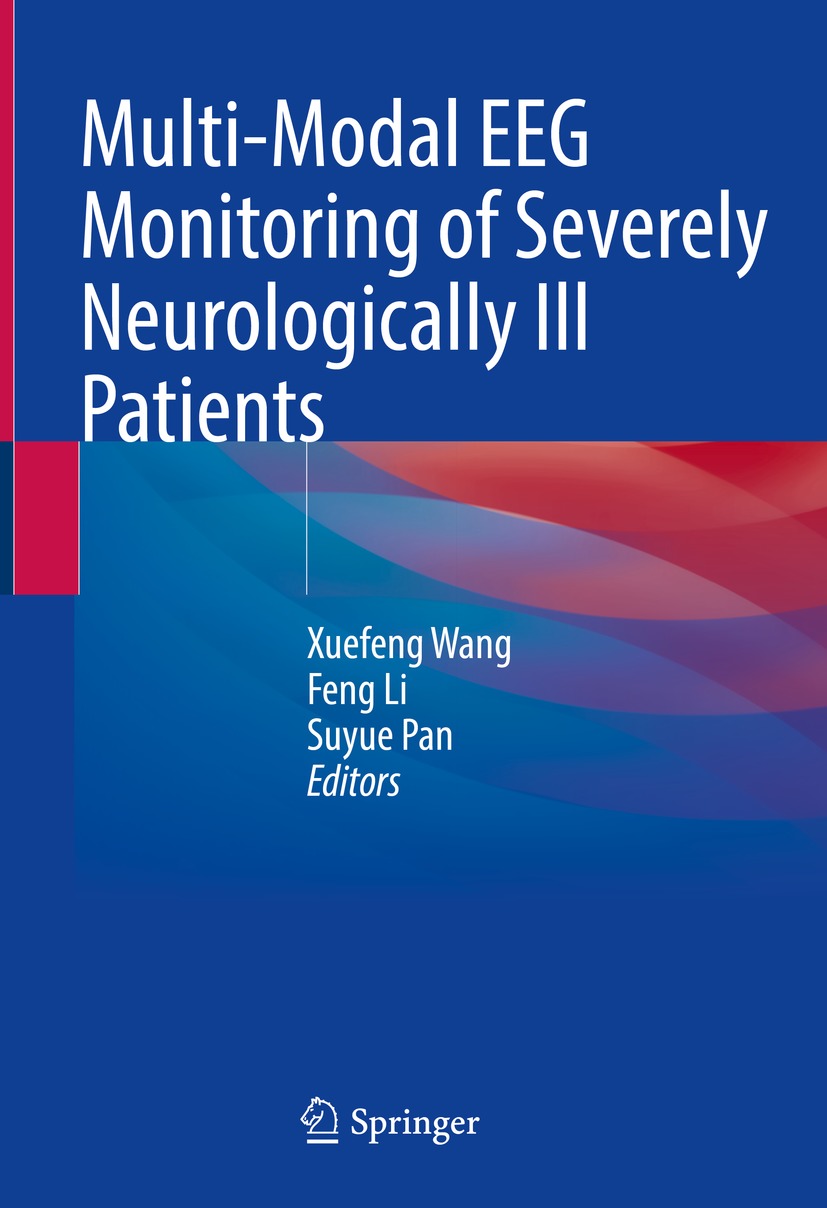ABP
Absolute band power
AC
Alternating current
AC-ECoG
Alternating current electrocorticography
ACC
Anterior cingulate cortex
ACNS
American Clinical Neurophysiology Society
ADHD
Attention-deficit hyperactivity disorder
ADR
/ Power ratio
AE
Autoimmune encephalitis
AED
Antiepileptic drug
AHI
Apneahypopnea index
AMPAR
-Amino-3-hydroxy-5-methyl-1-4-isoxazolepropionic acid receptor
AP
Action potential
APACHEII
Acute Physiology and Chronic Health Evaluation II
ATP
Adenosine triphosphate
AUC
Area under the curve
aEEG
Amplitude-integrated electroencephalogram
aSAH
Acute subarachnoid hemorrhage
BAEP
Brainstem auditory evoked potential
BDNF
Brain-derived neurotrophic factor
BERD
Brief electroencephalogram rhythmic discharge
BIPD
Bilateral independent periodic discharge
BIPLED
Bilateral independent periodic epileptiform discharge
BIS
Bispectral index
B(I)RD
Brief (potentially) ictal rhythmic discharge
BRD
Brief rhythmic discharge
BS
Burst suppression
BSI
Brain symmetry index
CANTB
Cambridge Automated Neuropsychological Test Battery
CAP
Cranial artery pressure
Caspr2
Contactin-associated protein-like 2
CBF
Cerebral blood flow
CDSA
Color density spectral array
CHD
Congenital heart disease
CLV
Continuous low voltage
CNS
Central nervous system
CNV
Continuous normal voltage
COSBID
Cooperative Studies on Brain Injury Depolarizations
CPAP
Continuous positive airway pressure
CPC
Cerebral Performance Category
CPCR
Cardiopulmonary cerebral resuscitation
CPOT
Critical Care Pain Observation Tool
CPR
Cardiopulmonary resuscitation
CRRT
Continuous renal replacement therapy
CRS-R
Coma Recovery Scale-Revised
CSD
Cortical spreading depolarization/cortical spreading depression
CSE
Convulsive status epilepticus
CSF
Cerebrospinal fluid
CSI
Cerebral state index
CT
Computed tomography
CTA
Computed tomography angiography
CTP
Computed tomography perfusion
cEEG
Continuous electroencephalogram
c/s
Cycles per second
DAI
Diffuse axonal injury
DC-ECoG
Direct current electrocorticography
DFT
Discrete Fourier transform
DNV
Discontinuous normal voltage
DPFC
Dorsal prefrontal cortex
DRS
Disability Rating Scale
DTABR
+/+ Ratio
DWI
Diffusion-weighted imaging
EBA
Excessive activity
ECG
Electrocardiogram
ECI
Electrocerebral inactivity
ECMO
Extracorporeal membrane oxygenation
ECoG
Electrocorticography
ECS
Electrical silence
EDB
Extreme brush
EEG
Electroencephalogram
EEG-R
EEG reactivity
EGDS
Early goal-directed sedation
EIEE
Early infantile epileptic encephalopathy
EME
Early myoclonic encephalopathy
EMG
Electromyography
EP
Evoked potential
EPSP
Excitatory postsynaptic potential
ERP
Event-related potential
ET
Envelope trend
FBDS
Faciobrachial dystonic seizure
FDG
F-deoxyglucose
FDG-PET
F-deoxyglucose positron emission tomography
FFT
Fast Fourier transform
FIRDA
Frontal intermittent rhythmic activity
FIRES
Febrile infection-related epilepsy syndrome
FT
Flat trace
fMRI
Functional magnetic resonance imaging
G1
First grid
G2
Second grid
GABA
-Aminobutyric acid
GC
Glasgow coma score
GED
Generalized epileptiform discharge
Gly
Glycine
GPD
Generalized periodic discharge
GPED
Generalized periodic epileptiform discharge
GPI
Glycosylphosphatidylinositol
GRDA
Generalized rhythmic activity
GTCS
Generalized tonic-clonic seizure
HIE
Hypoxic ischemic encephalopathy
HREZ
Isoniazid, rifampicin, ethambutol and pyrazinamide
ICP
Intracranial pressure
ICU
Intensive care unit
IEE
Ictal epileptiform event
IEFP
Ictal epileptic field potential
IFSECN
International Federation of Societies for electroencephalography and Clinical Neurophysiology
IIC
Ictalinterictal continuum
ILAE
International League Against Epilepsy
IPSP
Inhibitory postsynaptic potential
IRDA
Intermittent rhythmic activity
LGI1
Leucine-rich glioma inactivated 1
LPD
Lateralized periodic discharge
LPDs+
Lateralized periodic discharges plus
LPR
Lactic acid-to-pyruvate ratio
LRDA
Lateralized rhythmic activity
MAP
Mean arterial pressure
MCD
Malformation of cortical development
MCS
Minimally conscious state
MDD
Major depression disorder
MIDT
Monetary incentive delay task
MMPSI
Malignant migrating partial seizures of infancy
MPFC
Medial prefrontal cortex
MRF
Midline-and-right-frontal
MRI
Magnetic resonance imaging
mRS
ModifiedRankinScale
mV
Millivolt
mm
Millimeter
ms
Millisecond
NCS
Nonconvulsive seizure
NCSE
Nonconvulsive status epilepticus
NICU
Neurocritical care unit
NIHSS
National Institutes of Health Stroke Scale
NIRS
Near-infrared spectroscopy
NIV
Noninvasive ventilation

